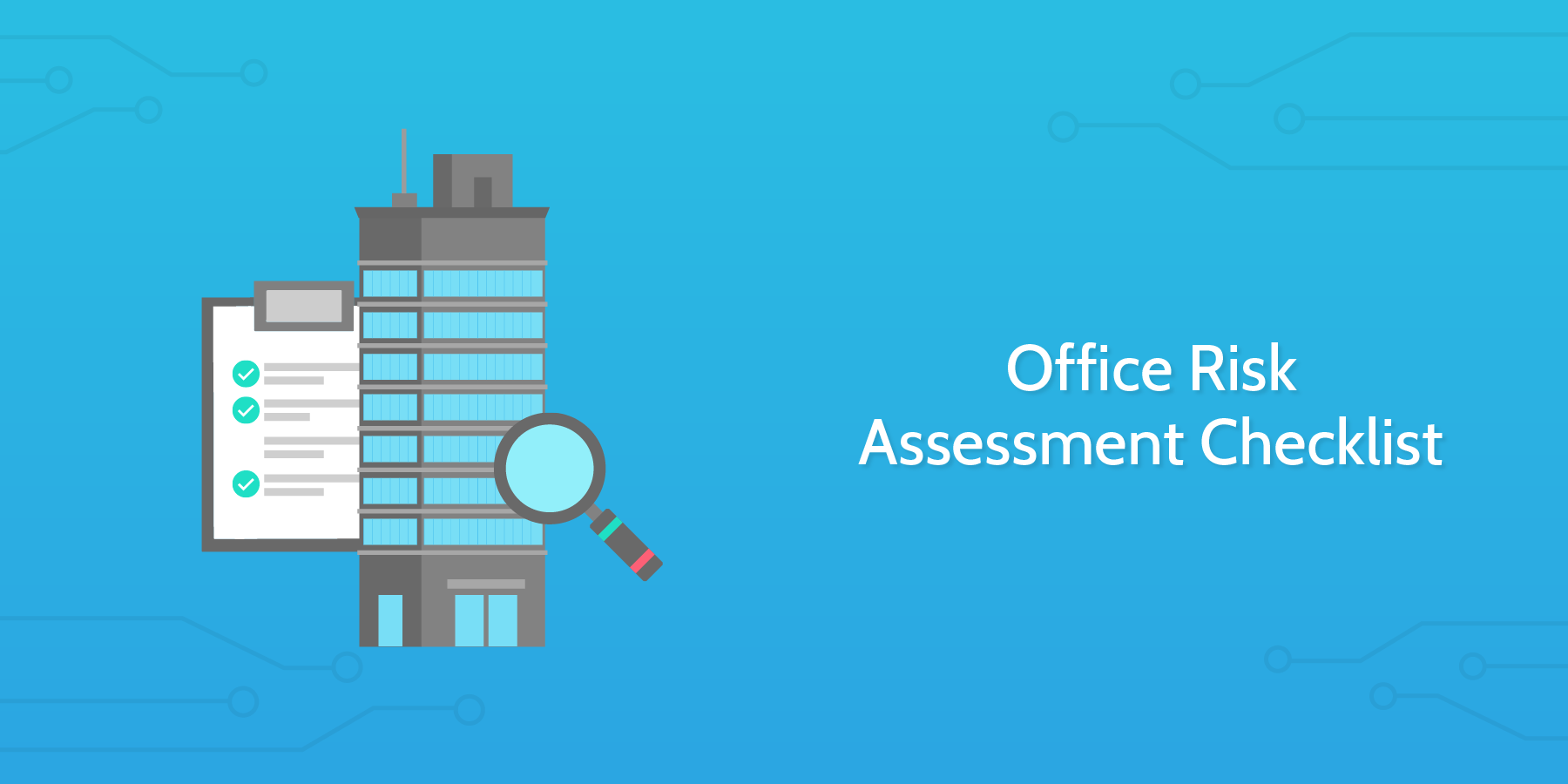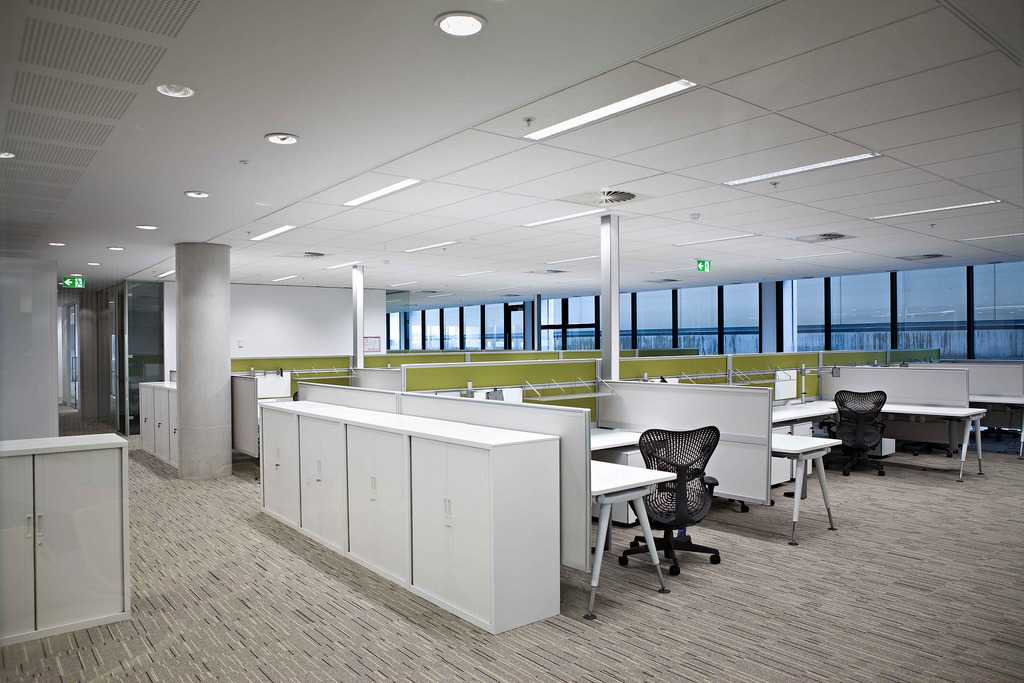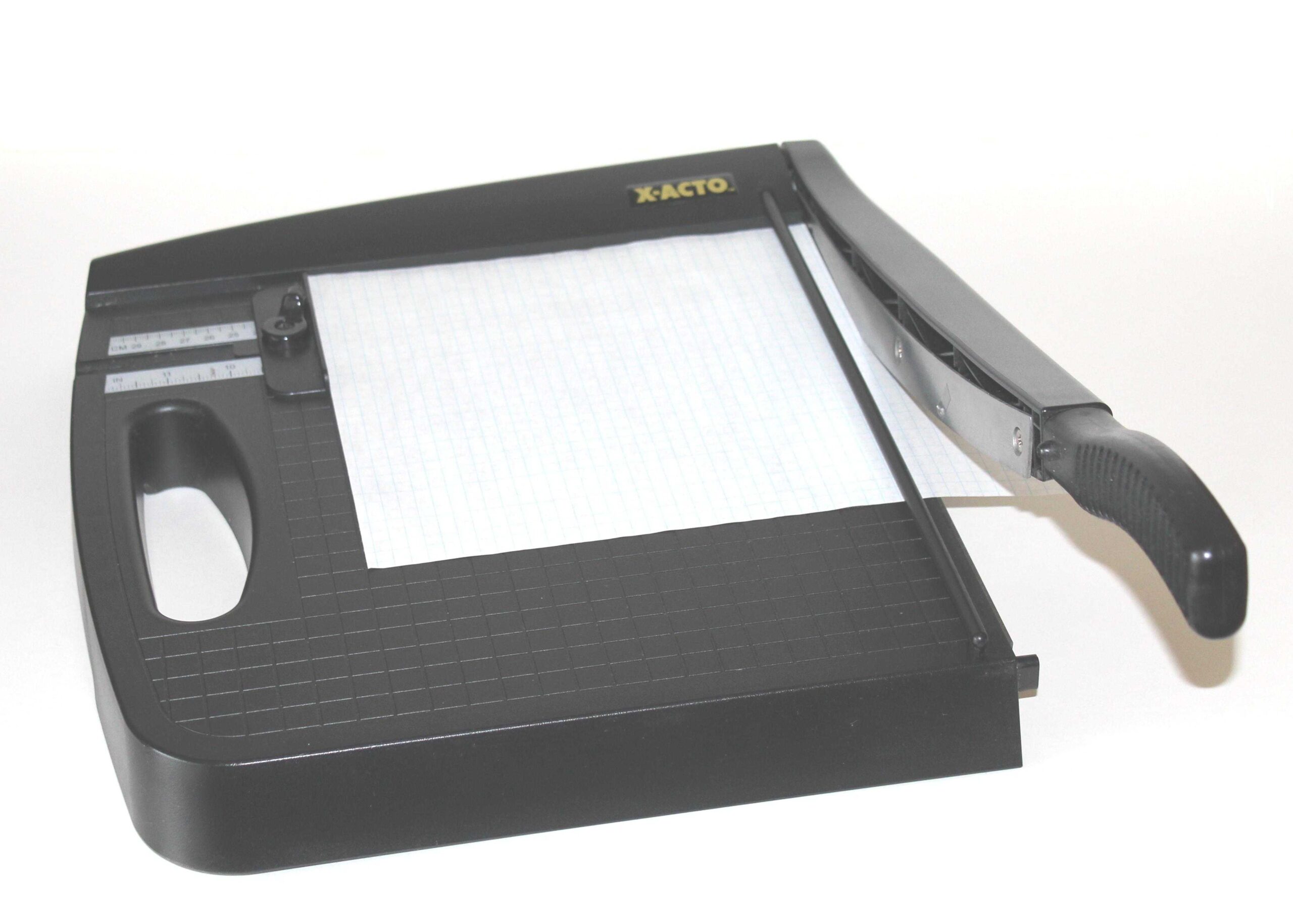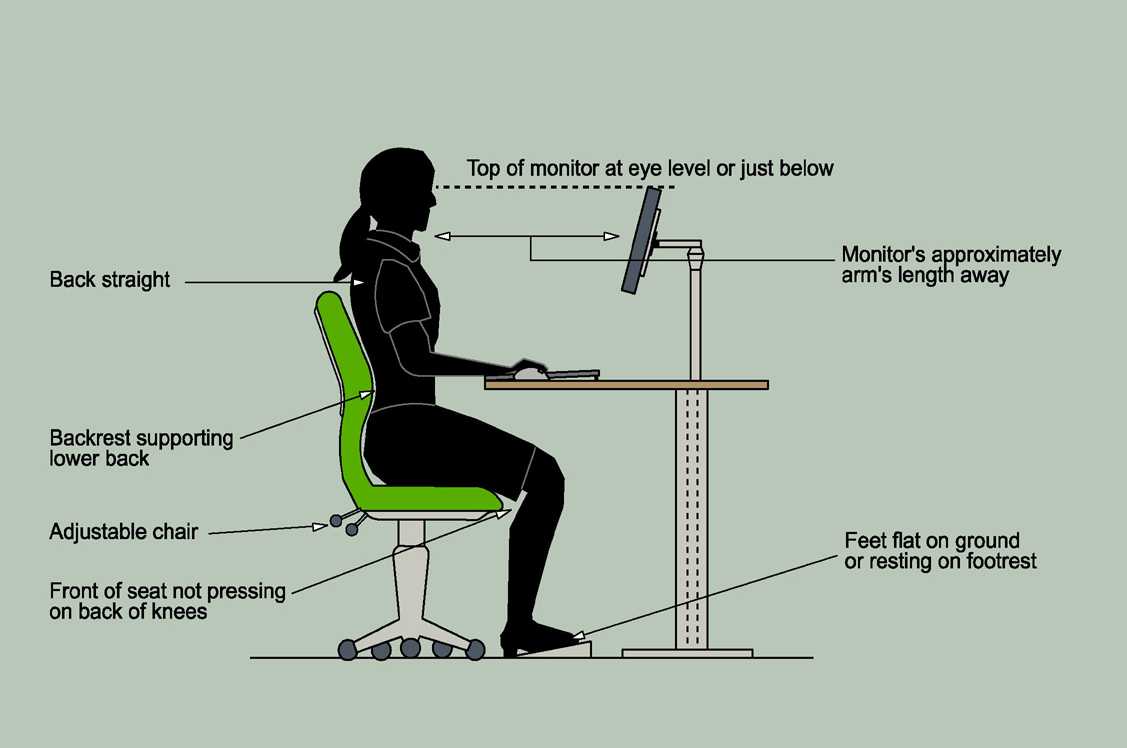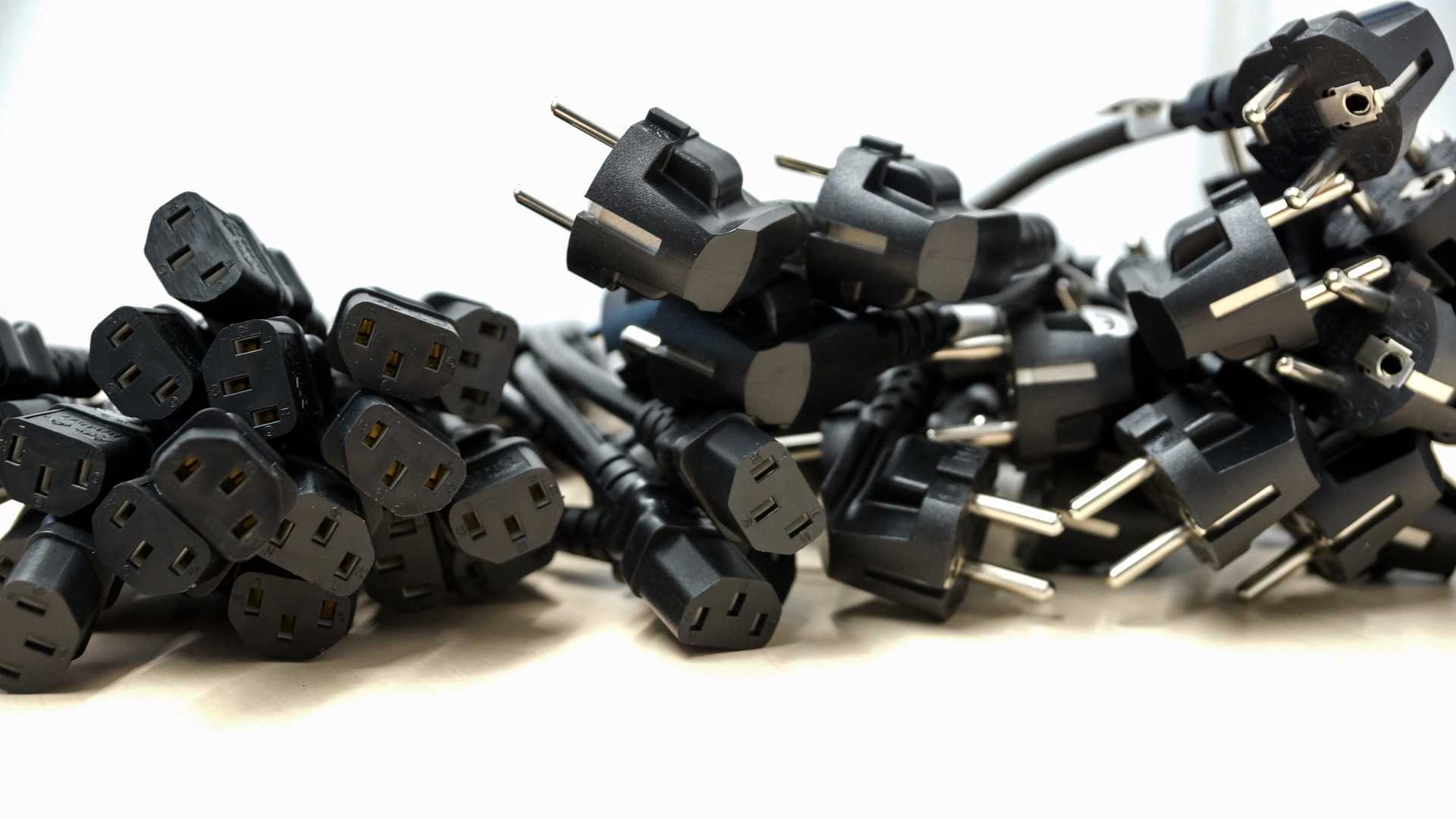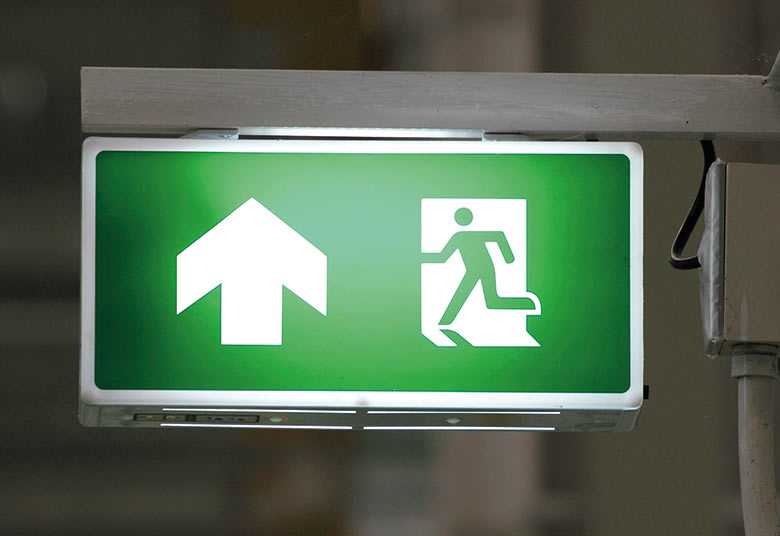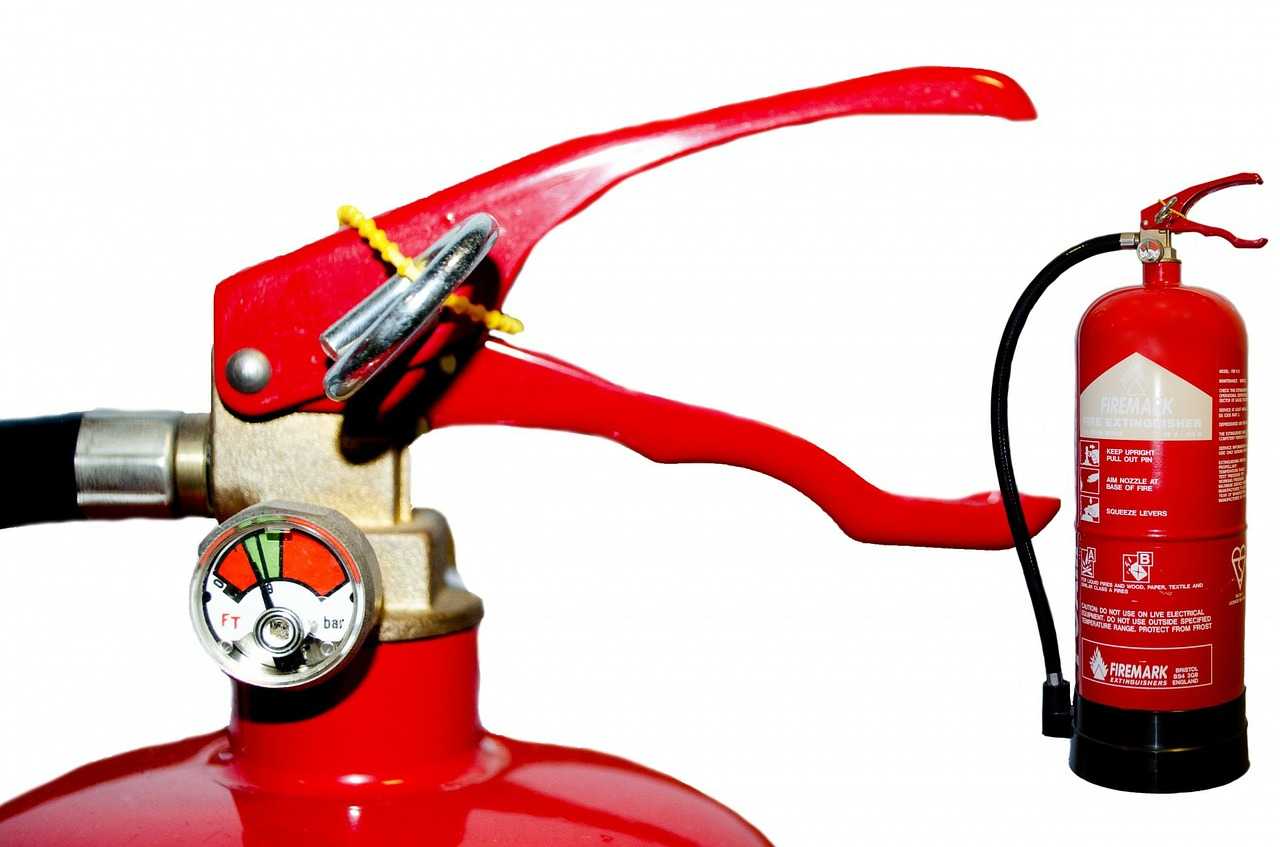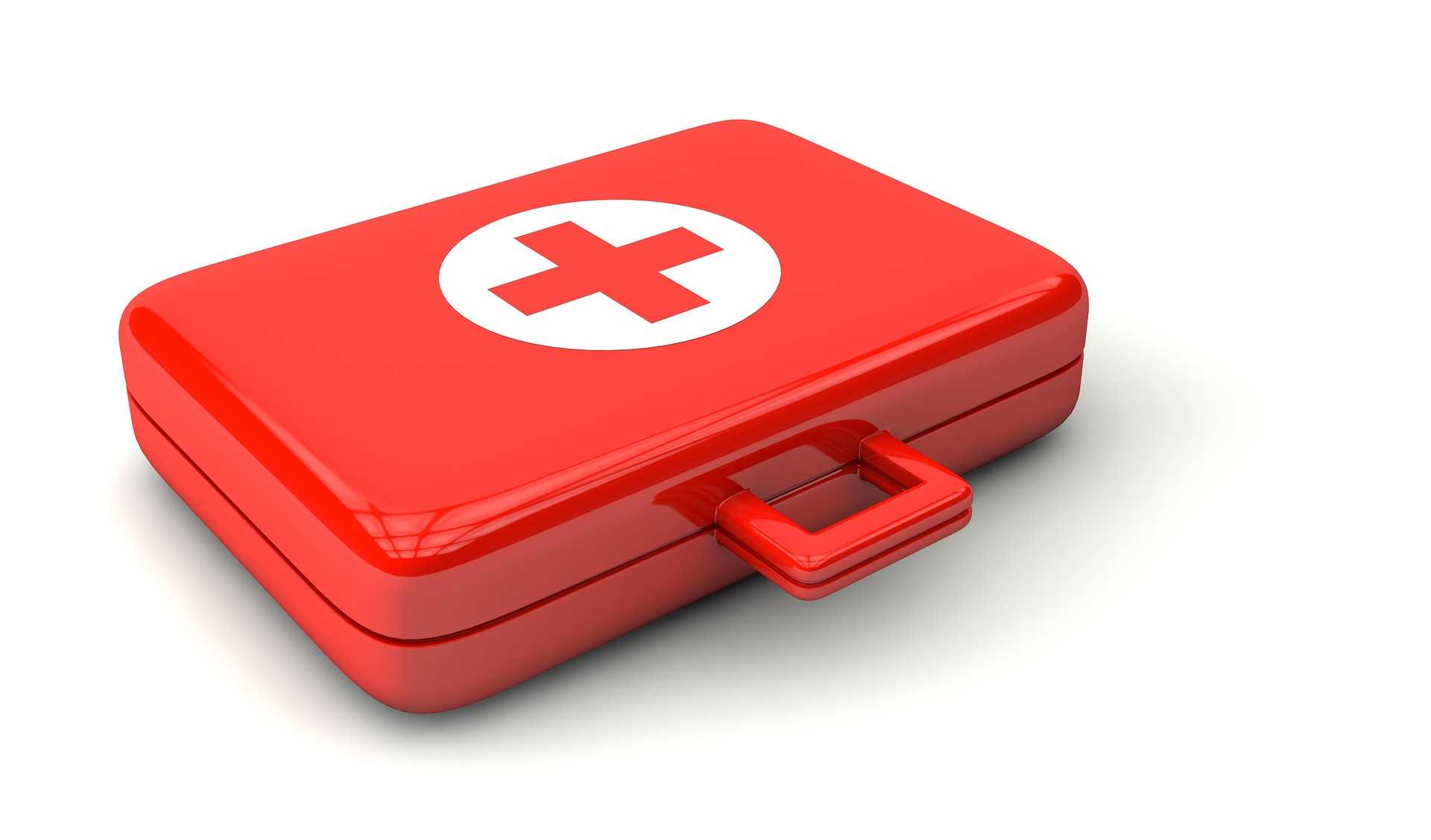As part of managing the health and safety of your business, you must routinely assess and control the risks in your workplace.
The purpose of a risk assessment is to ensure that the correct precautions are in place to address risks posed by potential hazards. This could be anything from electrical equipment defects to poor posture that impacts the health of office employees.
A good rule of thumb is to conduct a comprehensive risk assessment once a year, though risks should also be assessed every time a new machine, substance or procedure is put in place, as they could lead to new hazards.
Run this checklist at least once a year to perform a full risk assessment of an entire office workspace. By doing so, you will create a safe environment for happy and productive employees.
Let’s get going!

